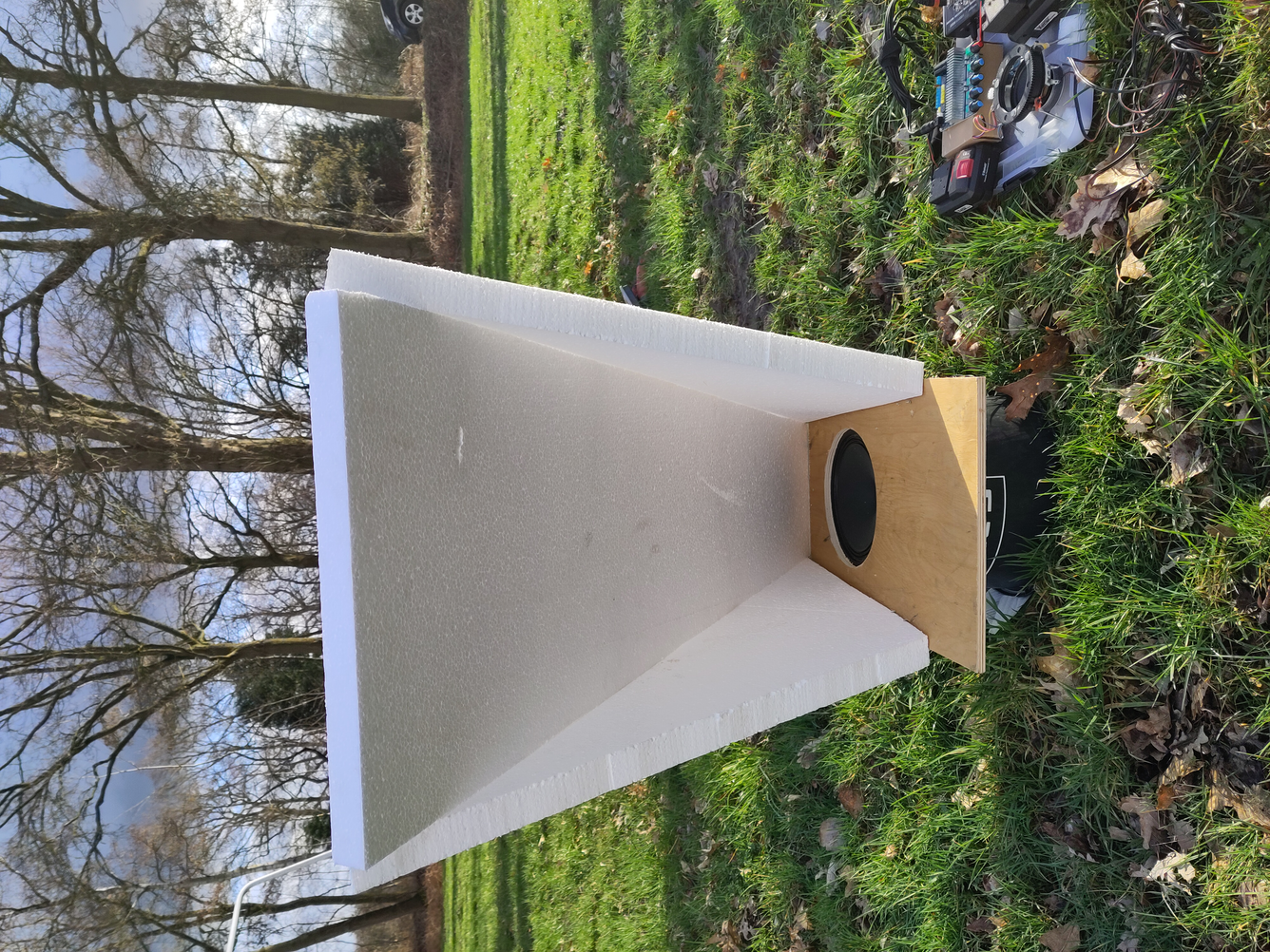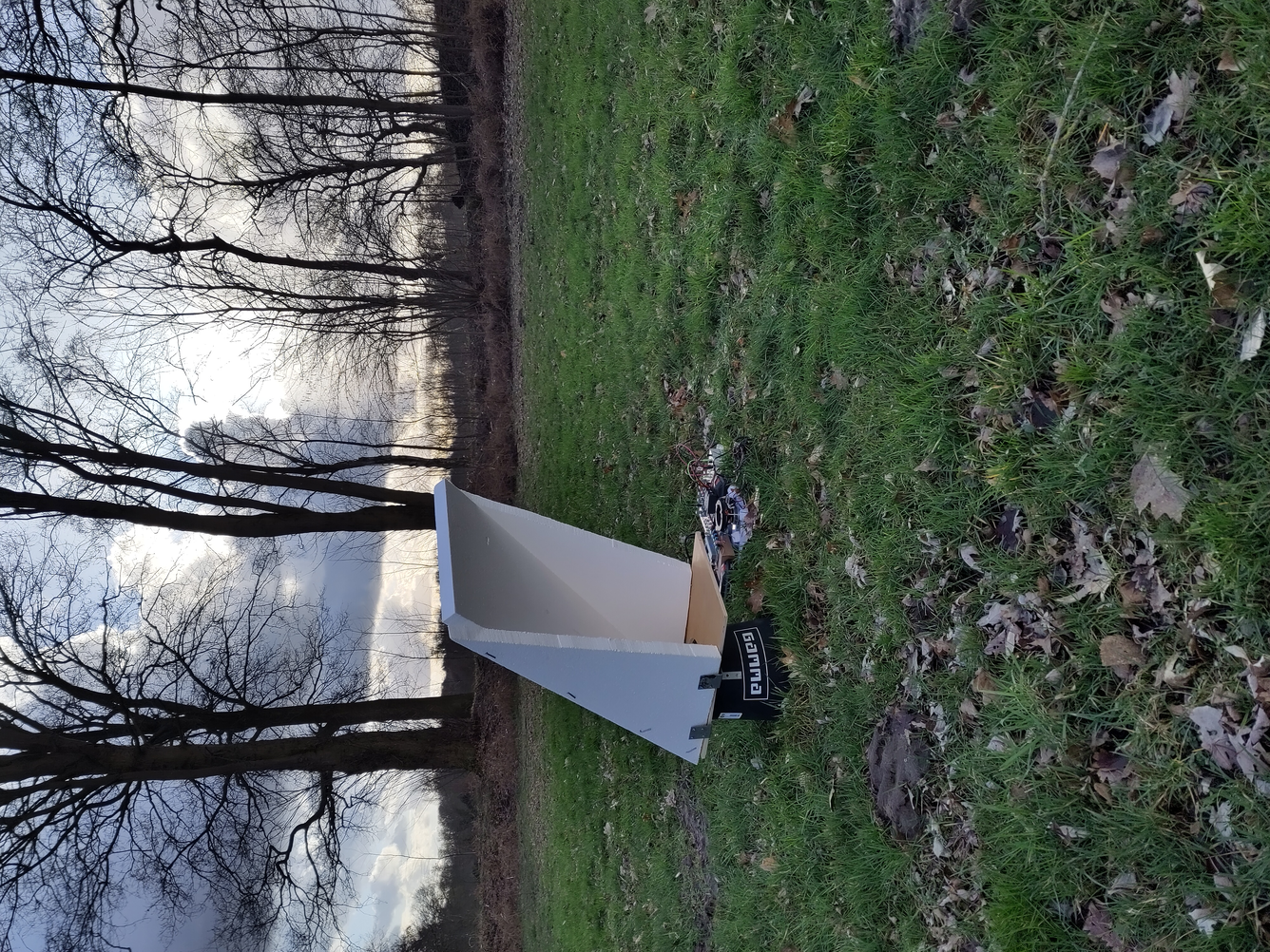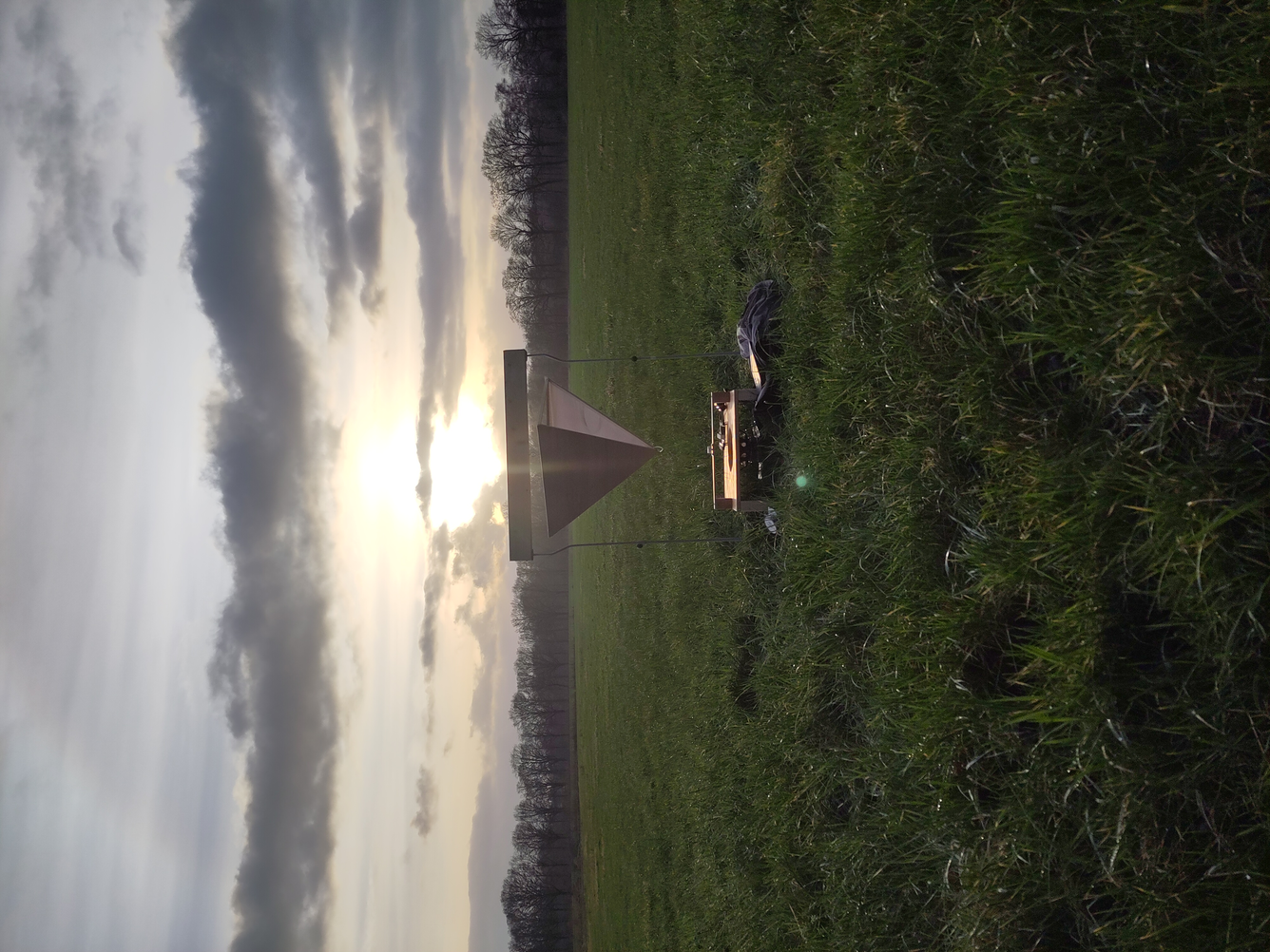Calling Songs is a research into the possibilities of integrating the sounds created by insect and frog choirs in a musical composition/soundscape.
An 8-channel speaker system was developed for this purpose, able to stand outside conditions and fitting into a natural environment.
The voices of crickets and frogs have characteristics that make them sound almost electronic and therefore blend surprisingly well with the sounds that the muiscians of Zwerm can produce using effectpedals, loop-feedback, modular synthesizers and occasionally a guitar.
Amphibians and insects have been around on this planet for about 350 million years. In both classes of animals some species invented choral singing, a strategy that offers advantages for reproduction, camouflage and territorial demarcation. By the time humans appeared on the scene, only 300.000 years ago they found themselves surrounded by the constant pulse of this primordial choir.
Calling Songs is a project in which we aim to add our voice, that we have increasingly focused on ourself, once again to this oldest of choirs.
Calling Songs is a collaboration between Johannes Westendorp, Zwerm and Pieter Verhees. The research is funded by AP Hogeschool Antwerpen. The project is supported by Gemeente 's-Hertogenbosch,
and coproduced by WALPURGIS and Oerol Festival.
Pieter and I started our first tests outside on a grey and chilly November afternoon.
We hooked up some sound equipment to a battery and tested speakers. Trying out different angles, postions and reflective materials.
We created some very basic dipole speakers using a wooden board and two different speakers (Visaton B 200 and Visaton FRS 8). The sound was very directional. It was a windy day and depending on the wind I could hear myself loud and clear or not at all.
We also faced the speakers upwards. Even on full volume most sound disappeared into space and never reached our ears. When we hovered a wooden board over it at an angle of 45 degrees we were able to project the sound at least 100 meter.
Conclusion of the day: allmost all sound is lost outside without any nearby reflectors. And the use of a (moving) reflector has a dramatic result. Which, for us, is good news.







